Impact of Oxygen on Tungsten-Nickel-Iron Alloy Performance
- Details
- Category: Tungsten Information
- Published on Monday, 07 July 2025 16:24
- Written by Xiaoting
- Hits: 2
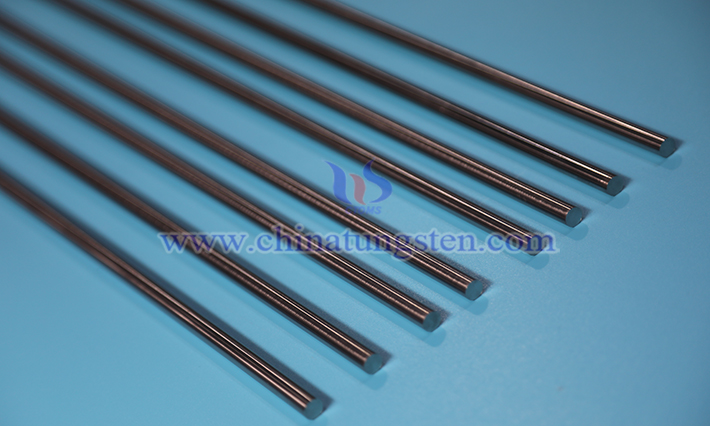
Oxygen is a critical factor in regulating the performance of tungsten-nickel-iron alloy. Through mechanisms such as oxide inclusion formation, solid-solution strengthening, and grain boundary segregation, it impacts the alloy’s mechanical properties, thermal stability, and processability. Therefore, in practical applications, oxygen content must be controlled within reasonable limits through raw material purification, process optimization, and deoxidation techniques to fully leverage the alloy’s advantages in high density, high strength, and excellent corrosion resistance.
Read more: Impact of Oxygen on Tungsten-Nickel-Iron Alloy Performance
Sources of Impurity Elements in Tungsten-Nickel-Iron Alloy
- Details
- Category: Tungsten Information
- Published on Monday, 07 July 2025 16:21
- Written by Xiaoting
- Hits: 2
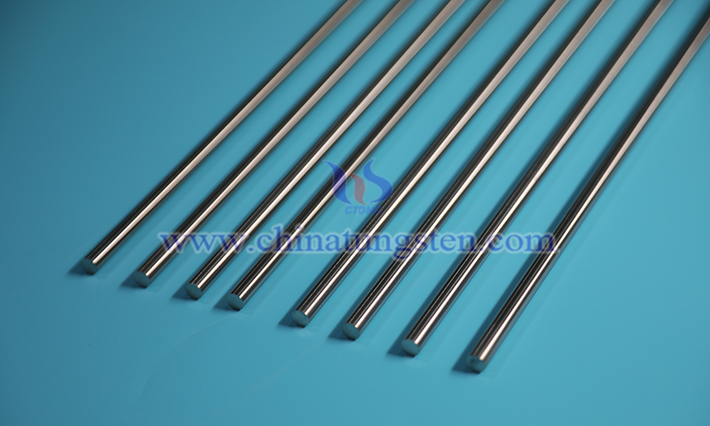
The impurity elements in tungsten-nickel-iron alloy (W-Ni-Fe) originate from complex sources, primarily involving raw materials, production processes, and environmental media.
Read more: Sources of Impurity Elements in Tungsten-Nickel-Iron Alloy
Impact of Hydrogen on Tungsten-Nickel-Iron Alloy Performance
- Details
- Category: Tungsten Information
- Published on Monday, 07 July 2025 16:17
- Written by Xiaoting
- Hits: 2
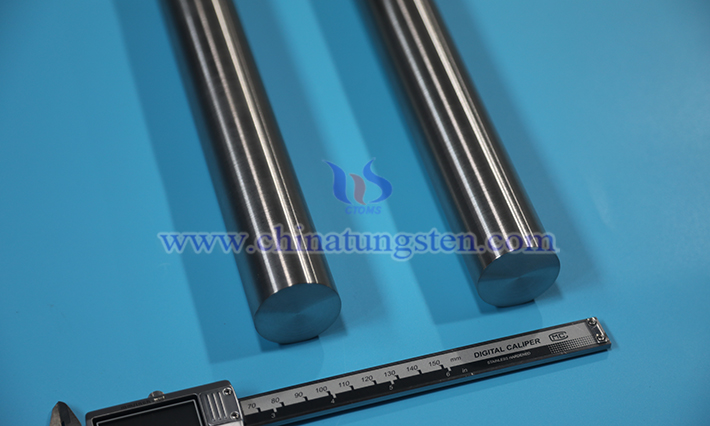
Hydrogen’s influence on tungsten-nickel-iron alloy performance—through hydrogen embrittlement, conductivity degradation, and hydrogen retention—can reduce material reliability. However, controlling hydrogen content and enhancing performance can be achieved through alloy design and surface engineering.
Read more: Impact of Hydrogen on Tungsten-Nickel-Iron Alloy Performance
Impurity Elements in Tungsten-Nickel-Iron Alloy
- Details
- Category: Tungsten Information
- Published on Monday, 07 July 2025 16:19
- Written by Xiaoting
- Hits: 7
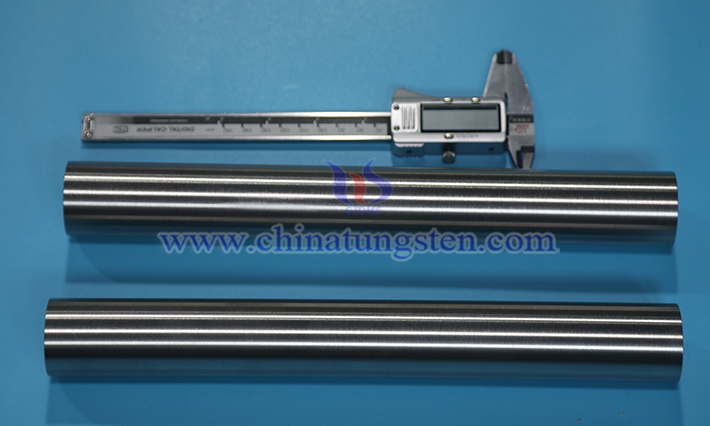
In addition to the primary elements tungsten, nickel, and iron, tungsten-nickel-iron alloy contains trace impurity elements such as hydrogen, oxygen, carbon, sulfur, and phosphorus. These impurities can compromise grain boundary integrity, form brittle phases, and reduce the alloy’s conductivity, high-temperature strength, and radiation resistance. Control is achieved through raw material purification and process optimization, such as vacuum sintering. The following outlines the impact of key impurity elements on alloy performance.
Material Composition of Tungsten-Nickel-Iron Alloy
- Details
- Category: Tungsten Information
- Published on Monday, 07 July 2025 16:15
- Written by Xiaoting
- Hits: 2
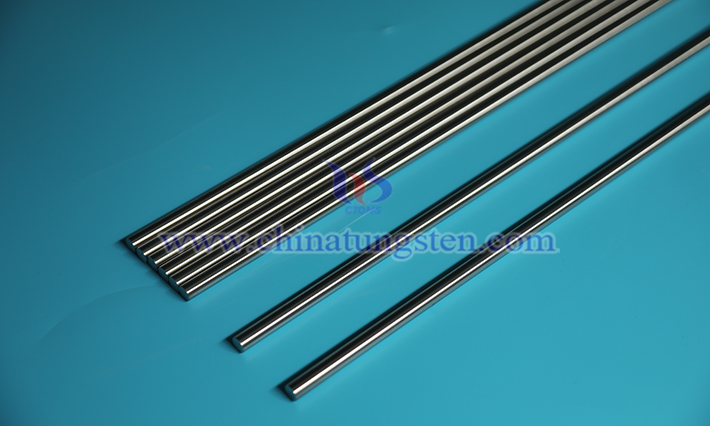
Tungsten-nickel-iron alloy (W-Ni-Fe alloy) is a high-density alloy with tungsten as its matrix, allowing for a balance of density, strength, toughness, and cost through the adjustment of the nickel-iron ratio or the addition of trace elements. It is widely used in aerospace, defense, medical devices, and other fields. The alloy’s material composition includes tungsten, nickel, iron, carbon, and other elements.
Read more: Material Composition of Tungsten-Nickel-Iron Alloy





 sales@chinatungsten.com
sales@chinatungsten.com